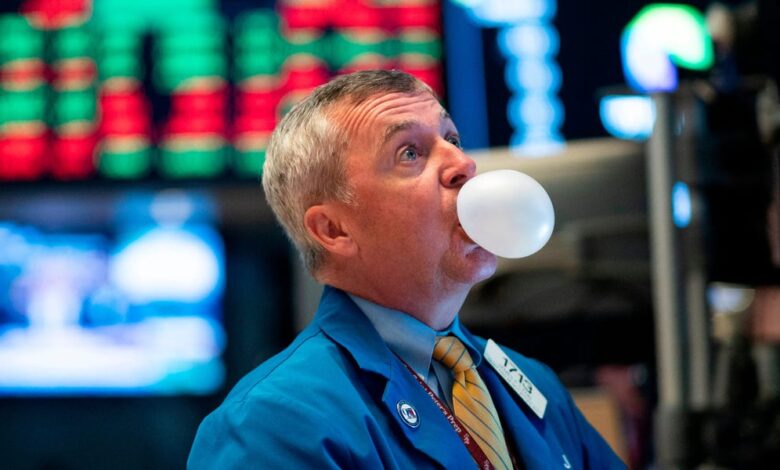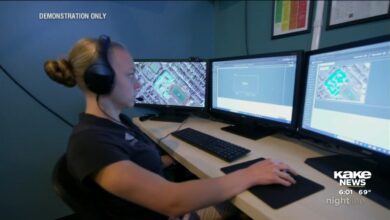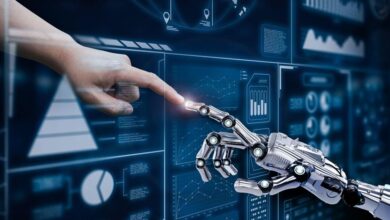The AI-Fueled Stock Market Bubble Will Crash in 2026: Capital Economics

- The AI-fueled stock market bubble will burst in 2026, according to Capital Economics.
- The research firm said rising interest rates and higher inflation will weigh down equity valuations.
- “We suspect that the bubble will ultimately burst beyond the end of next year, causing a correction in valuations.”
An artificial intelligence-fueled stock market bubble will burst in 2026, according to Capital Economics.
The research firm has said that a stock market bubble, driven by investor excitement towards artificial intelligence, would drive the S&P 500 to as high as 6,500 by 2025, led by technology stocks.
But starting in 2026, those stock market gains should unwind precipitously as higher interest rates and an elevated inflation rate start to weigh down equity valuations.
“Ultimately, we anticipate that returns from equities over the next decade will be poorer than over the previous one. And we think that the long-running outperformance of the US stock market may come to an end,” Capital Economics’ Diana Iovanel and James Reilly said.
Their bearish stock market call is somewhat counter-intuitive, as the economists expect the growing adoption of AI will spark a boost in economic growth driven by increases in productivity. That economic boost should result in higher inflation than most expect and, in tandem, higher interest rates.
Higher interest rates and inflation are ultimately bad news for stock prices, as evidenced by the recent stock market decline, which was sparked by a surprisingly hot March CPI inflation report.
“We suspect that the bubble will ultimately burst beyond the end of next year, causing a correction in valuations. After all, this dynamic played out around both the dot-com bubble of the late 1990s and early 2000s and the Great Crash of 1929,” Iovanel and Reilly said.
The expected bursting of the stock market bubble should lead to a decade of investment returns that favor bonds over stocks.
“We expect stronger returns as government bond yields settle at higher levels,” Capital Economics said of the fixed-income market.
Capital Economics forecasts that between now and the end of 2033, US stocks will deliver average annual returns of just 4.3%, which is well below the long-term average return of about 7% after inflation. Meanwhile, Capital Economics said it expects US Treasurys will return 4.5% in the same period, slightly edging out equity gains.
Those projected returns are in stark contrast to the average annual returns of 13.1% delivered by US stocks over the past decade.
“American exceptionalism may end in the coming years,” Iovanel and Reilly said.
But there is one major risk to their outlook, according to the analysts, and that’s the inherent difficulty of accurately timing the top of a stock market bubble, and how long the unwinding of the bubble might last.
“When and how the AI-fueled equity bubble bursts is a key risk to our forecast. In particular, one downside risk is that the aftermath of the bursting of the bubble lasts longer than one year, as was the case following the dot com bubble,” Iovanel and Reilly said.



